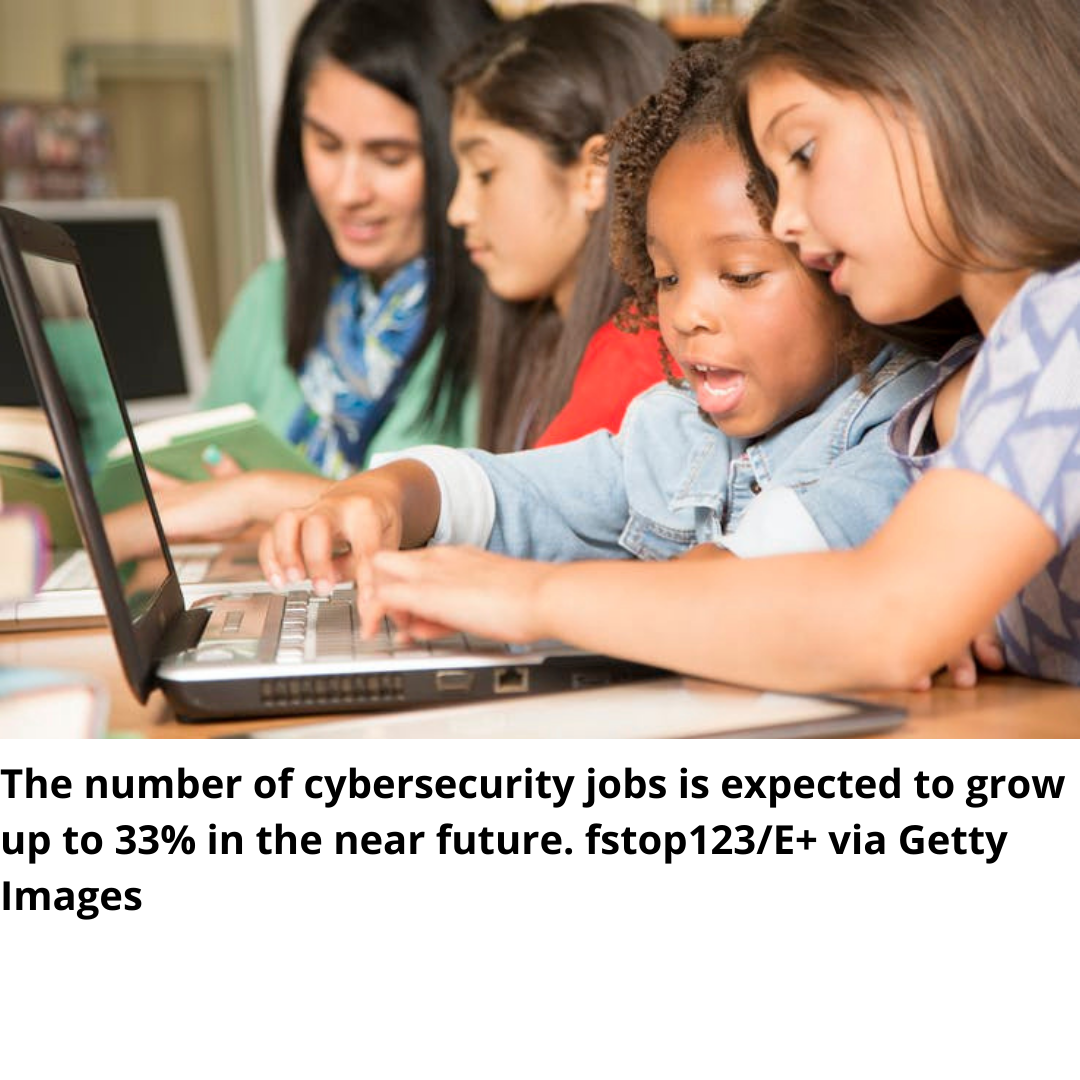Survey about Computational Thinking
Curricular MaterialsCryptoComics
Curricular Materials
CryptoComics is a culturally responsive cryptology and cybersecurity curriculum for 7-11 year old. children. An innovative blend of a comic book, technology-based and unplugged activities engages kids in making and breaking codes, symbolic systems awareness and cryptology careers.
K-8 STEM Career Competencies: Developing Foundational Skills for the Future of Work Webinar #2
VideoOn November 17, 2021, STELAR held a Q&A Webinar Session to engage in a discussion of the K-8 STEM Career Competencies Framework. Authors responded to inquires about use and best practices, and participants shared their own resources and perspectives. Webinar slides: here Resources from STELAR’s K-8
STELAR Webinar: K-8 STEM Career Competencies: Developing Foundational Skills for the Future of Work
VideoOn June 28, STELAR hosted authors Jessica Juliuson, Joyce Malyn-Smith, Sarah MacGillvray, and Clara McCurdy-Kirlis as they presented an overview of the competencies for their publication K-8 STEM Career Competencies: Developing Foundational Skills for the Future of Work. View slides to the webinar
Using Robotics and Game Design to Promote Pathways to STEM
PublicationThis research report presents the results of a STEM summer program on robotics and game design. The program was part of a three-year study funded by the National Science Foundation. Children in grades four through six participated in a two-week summer camp in 2015 to learn STEM by engaging in LEGO® EV3 robotics and computer-based games using Scalable Game Design. Twenty-eight students participated in the study that took place in a small urban community in the Rocky Mountain West. This paper reports on the results of this part of the study, specifically, how children’s computational thinking
Developing Teachers' Computational Thinking Beliefs and Engineering Practices Through Game Design and Robotics
PublicationThis research report presents the final year results of a three-year research project on computational thinking (CT). The project, funded by the National Science Foundation, involved training teachers in grades four through six to implement Scalable Game Design and LEGO® EV3 robotics during afterschool clubs. Thirty teachers and 531 students took part in the Year-3 study that blended game design and robotics. Eight of these teachers and 98 students participated in a large urban city in Pennsylvania, while the remaining 22 teachers and 433 students participated in rural Wyoming. This paper
Preparing Responsive Educators using Place-based Authentic Research in Earth Systems (PREPARES)
Curricular MaterialsPreparing Responsive Educators using Place-based Authentic Research in Earth Systems (PREPARES) seeks to expand, implement, and conduct research on a framework for providing indigenous students with the skills and knowledge needed for science, technology, engineering, and math (STEM) careers. PREPARES includes culturally-relevant climate science instruction for Yup’ik and Native Hawaiian middle-school students and teachers. Students analyze and share climate data unique to their locations, model baseline climate scenarios, and develop management plans for adapting to forecasted impacts.
Becoming Technosocial Change Agents: Intersectionality and Culturally Responsive Pedagogies as Vital Resources for Increasing Girls’ Participation in Computing
PublicationDrawing from our two‐year ethnography, we juxtapose the experiences of two cohorts in one culturally responsive computing program, examining how the program fostered girls’ emerging identities as technosocial change agents. In presenting this in‐depth and up‐close exploration, we simultaneously identify conditions that both facilitated and limited the program's potential. Ultimately, we illustrate how these findings can enhance anthropological research and practice in youth identity, culturally responsive pedagogies, and computing education.
A new perspective on computational thinking
PublicationThis article examines cognitive essence of computational thinking (CT). It introduces a clear and universal definition and suggests that we teach children biological CT skills long before they need to learn electronic CT skills.